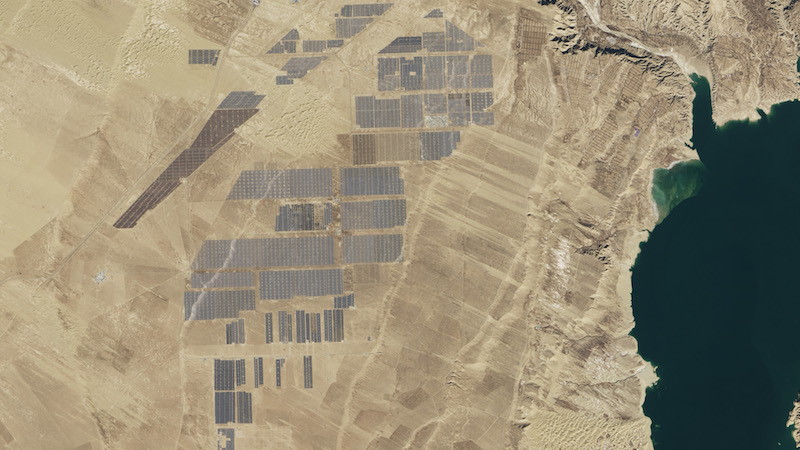With downgraded outlooks for coal use, India and China are set to beat their pledges to the Paris climate agreement, according to an updated analysis of their climate policies.
Just as coal plants are cancelled in the two largest emerging economies, in the US, the Trump administration has started to roll back regulations designed to constrict emissions.
But analysis released by Climate Action Tracker (CAT) on the sidelines of a UN climate meeting in Bonn, Germany found policies in India and China would more than outweigh slower emissions reductions in the US.
The growth in global emissions has stalled in recent years, thanks mainly to reduced consumption of coal in China.
“This has been attributed partially to structural changes in the Chinese economy, but also a continued policy drive to reduce coal use to both combat air pollution and climate change,” said Dr Yvonne Deng, a consultant scientist at Ecofys, one of a group of organisations that contributes to the CAT project.
Deng said it was unclear whether the last three years of coal data in China was “merely a pause in the steady growth, or whether this is a sign of China having reached its peak in coal consumption”. Earlier this year, China cancelled construction plans for 103 coal power stations.
If it turned out to be a sustained decline, she said, the country’s annual emissions in 2030 could be 1-2 gigatonnes lower than CAT predicted at this time last year. China’s current emissions are between 11 and 12Gt a year.
An assessment of India’s policies also found significant change since 2016. A scaling back of the country’s plans to build new coal power plants, similar to China’s, is underway. The Central Electricity Authority forecasts no new plants will be needed between 2022 and 2027.
“Just last week we heard about another major coal project being cancelled by the government of Gujarat,” said Deng.
Professor Niklas Höhne, of New Climate Institute – another CAT partner – said it was “now a completely new situation” in India. CAT’s projections of India’s 2030 emissions are roughly 1Gt lower than last year.
Meanwhile, the effect of US president Donald Trump’s rollback of climate policies was predicted to be just 0.4Gt of extra CO2 each year by 2030.
With their current policy direction, both India and China will overachieve their pledges to the Paris accord. If China’s emissions begin to decline, it would be more than a decade in advance of their submission to the agreement. Meanwhile, Höhne said, the US would fail to meet its commitments.
Under the Paris accord, countries pledged to reduce emissions by an amount chosen by their own national government. Only a handful of these voluntary pledges are in line with the ultimate goal of the agreement – to keep the world from warming more than 2C. Current submissions by India, China and the US are all ranked as insufficient by CAT.
But Dr Bill Hare, CEO of Climate Analytics, said the changes in China and India “if continued and accelerated” meant it would be possible to stop the world warming more than 1.5C – the most ambitious goal of the Paris agreement and one seen as essential to saving coral reefs and low lying island nations. The US would need to adopt similarly ambitious policies, he added.
Höhne said there was a great deal of uncertainty over the effect Trump’s policies would actually have on emissions. In many cases the market was already leading the US toward emissions reductions. In others, state laws would effectively replace federal regulations as they were stripped away.
